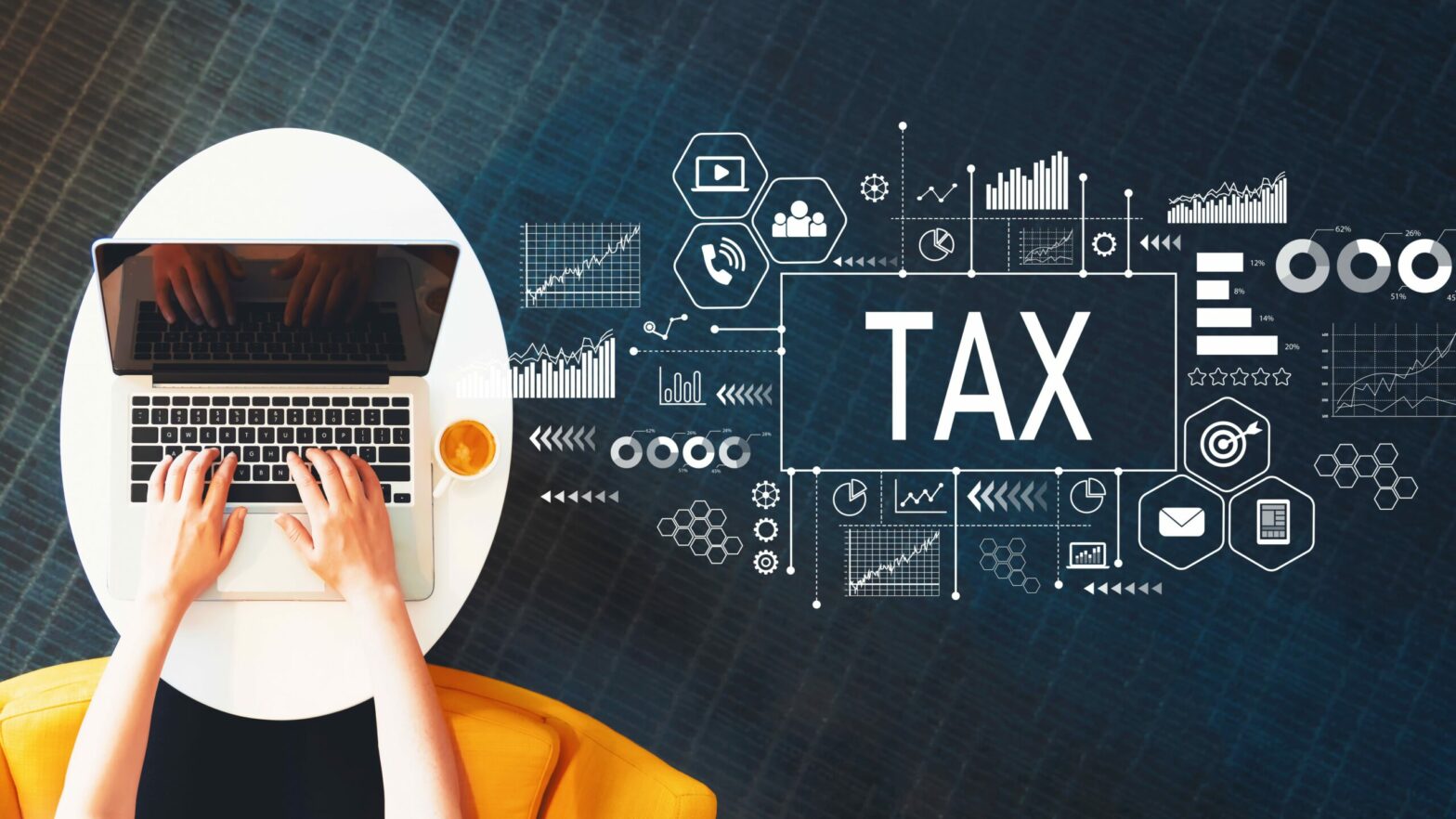As an accountant, the question I get asked the most is, “What expenses can we put down when it comes to claiming back tax on our business?”. As businesses emerge from the global pandemic and adapt to new ways of working, it is even more important to know what you should be able to claim tax relief on within your business.
When looking through your bank statements to see what expenses you could use when it comes to claiming back tax, the main rule to follow is the “wholly and exclusively rule” which can be applied to self-employed, partnerships and limited company businesses alike. If the expense has been incurred wholly and exclusively for the trade or profession you are in, then you should be able to claim a deduction against your business profits and reduce the amount of tax or national insurance that you would need to pay.
You should be able to easily identify these expenses and they are often the same expenses that you would claim year on year.
>See also: Nearly 300,000 sole traders face increased tax bills
For self-employed and partnership businesses, there are expenses that can be claimed which often get missed where there may be some personal elements, for example, working from home or using your car for business journeys. For those with a limited company, expenses with private elements can be claimed as an employee, with the company reimbursing you and then claiming a deduction in its annual accounts.
For self-employed and partnership businesses claiming back tax, expenses with personal elements need to be apportioned on a just and reasonable basis. For example, hours spent working from home and size of your home office, or number of business miles over the total mileage you have done in a year in your vehicle.
If you work from home, you may be able to claim a proportion of your costs for the following things:
- heating
- electricity
- Council Tax
- mortgage interest or rent
- internet and telephone use
If you are using your private vehicle in your business then you can claim the business proportion of your motor running expenses each year, including fuel, repairs, road tax, MOT and insurance. You can also claim capital allowances on the value of your private vehicle when you start to use it in the business. The rate of capital allowance for cars is determined by the CO2 emissions of your car and this will be either 18 per cent or 6 per cent each year on a reducing balance basis. For cars with zero CO2 emissions figure, i.e. fully electric cars, the capital allowances rate will be 100 per cent. Of course, capital allowances for all private vehicles will also need to be adjusted for the private use percentage as well.
>See also: Claiming back childcare costs
Flat rate expenses
HMRC also allow you to claim flat rate expenses, also known as simplified expenses, if you want to avoid doing complex calculations and going through bundles of receipts each year. Simplified expenses if you work from home for more than 25 hours per month are as follows:
How to calculate flat rate expenses
| Hours of business use each month | Flat rate per month (£) | |||
|---|---|---|---|---|
| 20 to 50 | 10 | |||
| 51 to 100 | 18 | |||
| 101 or more | 26 |
Simplified motoring expenses can be claimed for the following.
- cars
- goods vehicles (vans)
- motorcycles
You will need to keep a log of the business mileage and at the end of the tax year work out the mileage claim using the following rates.
How to calculate mileage claim
| Vehicle | Flat rate per mile with simplified expenses | |||
|---|---|---|---|---|
| Cars and goods vehicles first 10,000 miles | 45p | |||
| Cars and goods vehicles after 10,000 miles | 25p | |||
| Motorcycles | 24p |
Once you use the above rates for your vehicle, you will need to continue to use them as long as you use the vehicle for your business, i.e. you cannot move from claiming mileage flat rate expense in one year to claiming a proportion of actual motor running costs if they are turn out to be higher in a subsequent year.
On top of the mileage claim you can also claim for all other travel expenses such as train journeys or parking provided, they were “wholly and exclusively” incurred for your business.
Those who have limited companies can also use the above mileage rates to reimburse themselves from their company for using their own private vehicle for the company’s business. They can also reimburse themselves from their company for working from home using HMRC’s flat rate of £6 per week, instead of working out a proportion of actual gas, electricity and metered water expenses. They can also reimburse themselves from the company for any business phone calls including dial-up internet from their home phone line.
Trading allowance
The trading allowance was introduced from the 6th April 2017 for self-employed businesses only and not for partnerships. You must claim this allowance on your tax return and HMRC will not claim a deduction on your behalf – that is why it can get missed if you have not claimed it before.
In any tax year where your actual self-employed business expenses do not exceed £1,000, then instead of claiming your actual expenses you can claim the £1,000 trading allowance against your business income. So, in effect, the first £1,000 of your self-employed income will be tax free and if you have more than one self-employment then you can split the allowance between them.
Zad Butt is a tax manager at accountants Hillier Hopkins





